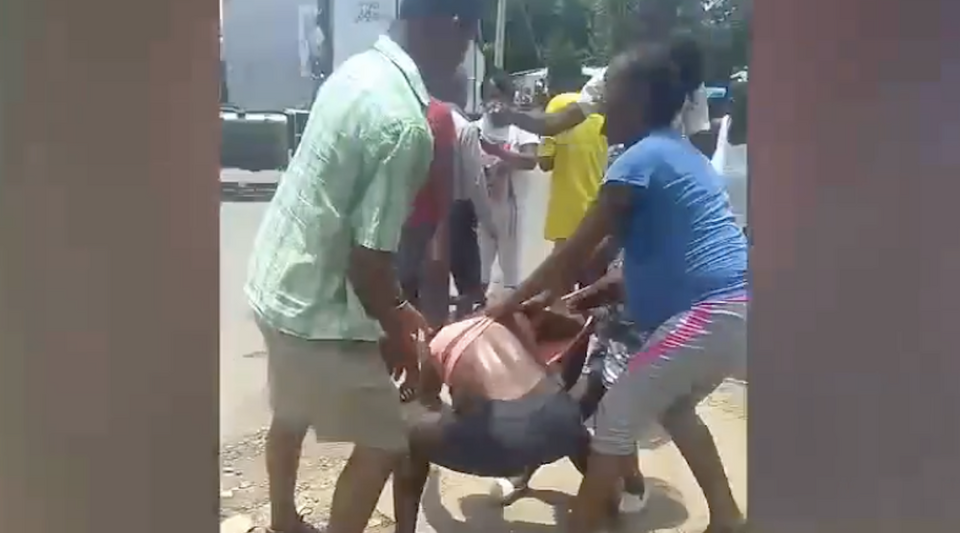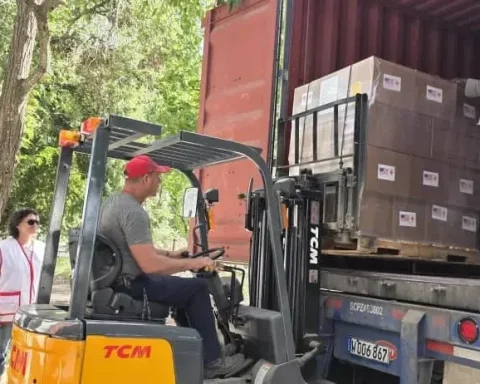A lots of business leaders They tend to think that the only and best way to promote dynamic change is by creating a sense of urgency with working under pressure, but nothing could be further from the truth than this method. On the contrary, it has been shown that the creation of safe environments helps to encourage participation within organizations much more effectively.
Iliana Oseguera, business administrator specializing in productivity and quality, MBA and Product Manager ITIL & IT4IT at BP Gurus, explains that when we feel safe among the people we work with, we develop greater possibilities for improvement; when we see ourselves as part of the same ecosystem and being an important part of the value chain, we see ourselves as part of a solid culture where we validate the set of values and beliefs that exist in the organization to make decisions in trust and with empathy, without this circle of security we feel that we should take care of others.
He assures that without a doubt, leaders must promote the creation of safe work environments and for this, neuroscience provides certain tools. Today the term neuromanagementworks on the neurological processes directly linked to decision-making and team management hand in hand with emotional intelligence.
Highly engaged teams are always 21% more profitable, and 69% of employees say they would work longer and better if they felt valued in their work.
The specialist is emphatic, to generate significant changes in organizations, it is necessary to evolve by creating strategies that understand and allow the development of our collaborators, understand how the nervous system works to produce and regulate emotions, thoughts and behaviors when it is put at the service of leadership , allows us to identify that work teams are the configuration of the interrelation between the different neural networks of individual brains, in this way, we can train our mentality (mindset) and develop the ability to adapt, to dare to face continuous changes of actively and successfully.
The origins of the term
At what point do we start to touch these concepts? Deciding to study the brain to understand social behavior, especially in the workplace, comes from the end of the 90s, when mirror neurons were discovered; these allow us to reproduce emotions that we detect in others. “It is an immediate sensation of a shared experience”, example, when someone yawns, we automatically yawn.
When we began to detect that we also had to analyze human interactions at an organizational level, that is when the concept of neuromanagement was born, it also began to be applied in marketing (neuromarketing), the technology (neurotechnology), among other spaces. “It is about starting to think about what these ways are to be more aware in the workplace. But also how my emotional intelligence, that is, my personal and individual context, is understood in a work environment, how I function in order to create communities and work culture”.
The expert in process design and implementation assures that we have to create much more conscious organizations, because we are not rational beings, in fact we are emotional beings who reason, but a lot is dictated by how we feel with our emotions, which is why it is essential to humanize companies , touch the emotions and ask before the results, for the people.
The elements of neuromanagement
The neuromanagement It consists of the following scientific aspects: The neural basis of decision making and behavioral preferences; brain activities during the decision-making process; decision-making modeling incorporated with the characteristics of brain activities; and the neural basis of game theory and game modeling.
Although this seems complicated, it has very basic concepts to identify and apply, explains the specialist. From the outset, be self-aware, for this, brain neuroplasticity must be worked on, this is the neurobiological learning process that consists of the ability of my brain to adapt to new concepts, work environments, people, conditions, activities, with which we can learn and modify behaviors and include new adaptive thoughts. It is a new mindset.
Then we must seek to develop techniques that enhance the development of brain capacities such as resilience (adaptation), the pandemic was a great example for this. Thus, knowing our motivations, our work commitment, to create a healthy ecosystem, to be able to give our opinion and propose, promotes safety and generates a connection.
Talking about how I feel, team meetings, seeking to satisfy the different needs of the team, process design, change management, workshops, all of this creates safe environments and motivated people.
Oseguera concludes that individual neural networks become collective networks when we enter a community, in this case a company. For this reason, each one of us individually has an emotional intelligence to work on, to see how we unfold, that is where the mirror neurons begin to work, where we either motivate ourselves or get our feet wet, as they say colloquially.
This whole process, like any science, is measurable, the transformation it causes in a company is very clear, this even allows certifications, which are finally achieved with people. Today there are definitely methodologies for organizational change.
To learn more about the topic and details of the next DEXLatam 22 SDIMX digital conference, for the IT and Service Desk industry, you can consult the following link: https://www.bpgurus.com/
kg
















